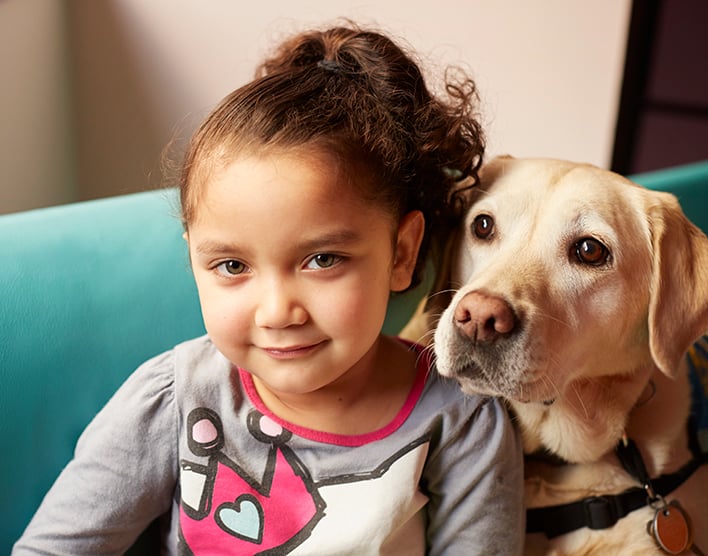Weaning your child from a bottle may be a challenge. Once the decision to wean is made, consistency is essential and all caregivers should be aware that your child is transitioning from the bottle to the cup. Remember that weaning is usually a long, gradual process.
- When is my child ready to be weaned from the bottle?
- Why is it important to wean my child off the bottle?
- How do I wean my child off the bottle?
- When should I offer my child cows' milk?
- What can I put in a bottle and what can I put in a cup?
- If I'm breastfeeding my child, do I wean to the bottle or to the cup?
- How can I make weaning easier on my baby?
When is my child ready to be weaned from the bottle?
In general, children can try a cup at 6 months and be weaned off the bottle around 12 to 18 months. Children are ready to be weaned when they:
- Can sit up by themselves
- Can eat from a spoon
- Show more interest in solid foods
- Have an established routine for mealtimes
Why is it important to wean my child off the bottle?
Children using bottles are more likely to have tooth decay or improper dental development, and they may not develop appropriate feeding skills. Also, children who depend on bottle feedings may not consume enough solid foods to meet their nutrient needs.
How do I wean my child off the bottle?
- Wean your child during a relatively stress-free time. It is not a good idea to start when a new sibling has just arrived or when the family is moving to a new house.
- Introduce the cup early, at age 3 to 6 months. Let your child hold and become used to the cup without liquid.
- At age 8 to 10 months, substitute a sippy cup for a bottle at one feeding during the day. Choose a feeding when your child usually drinks just a little, rather than a major mealtime. Use this same feeding time to use the cup every day for a week.
- Every week, introduce the cup at another feeding, slowly decreasing the number of bottles your child receives.
- Feed very slowly. Help your child hold the cup and tip a small amount of liquid into his or her mouth.
- Some children may need to suck as a way for them to control their behavior. This sets their mood to accomplish certain tasks such as sleeping, concentrating and running. Some children may continue to suck on a pacifier or bottles of plain water for the first few years.
- Consistency is key to successful weaning. Be sure to give your child the cup at the designated feeding time and don't switch back to the bottle at this feeding.
When should I offer my child cows' milk?
Children older than 12 months may drink whole cows' milk. They will be more likely to accept the milk if it's introduced gradually. Mix whole cows' milk with part breast milk or formula, and gradually increase the amount of cows' milk.
Children under 2 years of age should not drink reduced-fat or fat-free milk. Fat is needed for proper growth and development of the brain and nervous system.
What can I put in a bottle and what can I put in a cup?
- Put only breast milk, formula or water — no cows' milk before 12 months — in a bottle. Never put juice or other fruit-flavored drinks in a bottle.
- During the weaning process, only use water or milk in the cup. (Remember, no cows' milk before your child is 12 months old.) If you put juice in the cup, your child may come to expect it. After weaning you can offer diluted juice in the cup.
If I'm breastfeeding my child, do I wean to the bottle or to the cup?
Most breastfed babies are given breast milk from the breast and from a bottle during the first year of life. If you have breastfed your baby only from the breast for nine or more months, wean your child to a cup rather than to a bottle.
How can I make weaning easier on my baby?
- Offer other comforts such as a soft blanket or stuffed animal, or play soothing music.
- Spend extra time cuddling with your child during the weaning process.
- Buy cups with handles, spouted lids or baby cups with straws to make drinking easier.
- Be a positive role model and drink from a cup with your child.













































